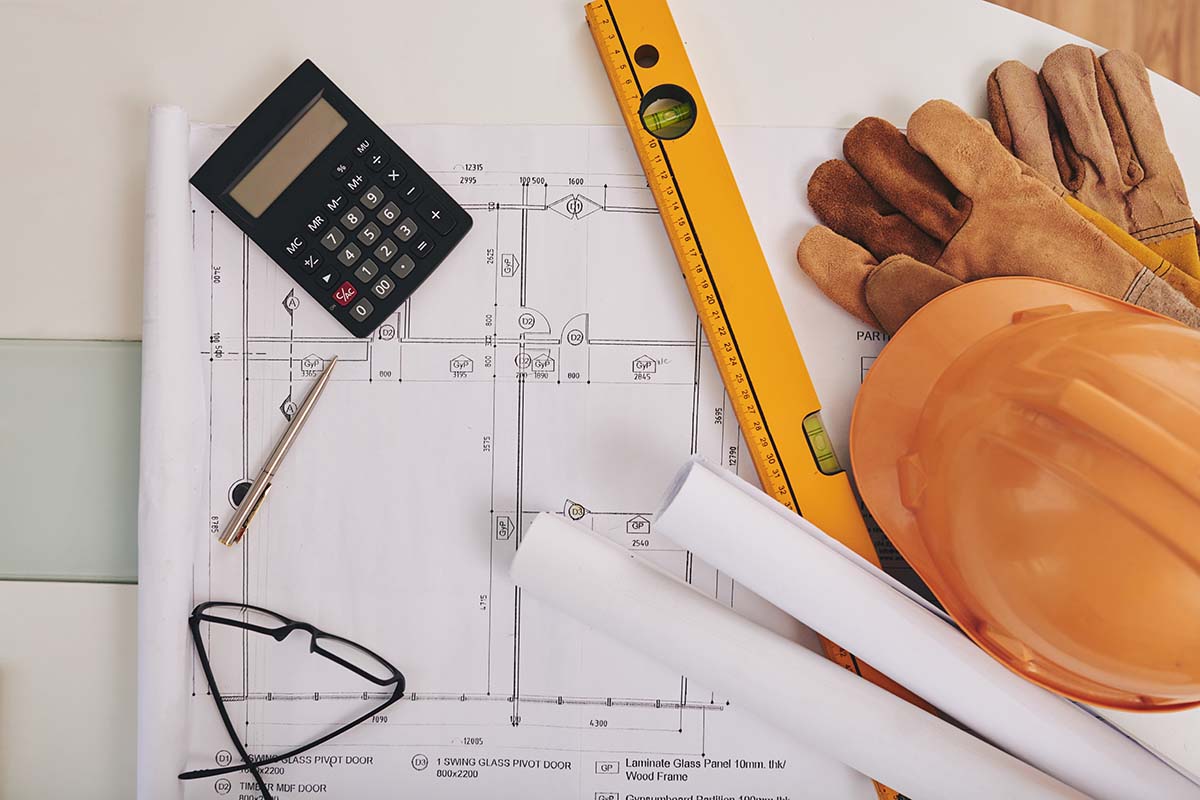Challenges to Architectural Project Manager Success
Whilst the role of a project manager and that of a project architect may be very different, the truth is that there is some overlap between the skills that both roles will require.
For this reason, project architects may often find themselves appointed as project managers.
It is whilst working under this role that they will help to drive the success of the project.
It is therefore really important that the person in an architectural project manager role is capable of fully understanding the challenges faced by a project manager.
This means they can work to produce a successful outcome from the project.
What is an architectural project manager?
In order to understand the challenges that an architectural project manager may face when it comes to the success of their project, it is important to understand exactly what an architectural project manager is and how they differ from a project manager.
Whilst both roles share a need for the same types of soft skills, organization, communication, problem-solving, and leadership, the main difference is that where a project manager will have qualifications in management and possibly APM, PMP and PRINCE2 training, an architectural project manager will have qualifications in architecture; a degree at the very least.
Architectural projects
As a general rule, an architectural firm may well be working on a number of projects at any one time.
This could mean that an architectural project manager may well be juggling a very complex workload.
Architectural projects may well have an end outcome that is desired by the clients and stakeholders but there are so many elements to this type of project. This means that these outcomes, in terms of budget and timescales, can often be incredibly hard to predict.
Changes throughout the project can have a huge impact and easily disrupt the normal course of the work that has been set out in the project plan.
When this happens it is important that both the project manager and their team are able to find ways in which they can make the relevant adjustments.
Work schedules and any time adjustments that need to be made can post some specific challenges, this is because it is vital to be as accurate as possible, particularly in the construction industry, rather than making estimates.
With this in mind, a team may need to put in more hours in order to complete the deliverables. This could be the case even if that means that the timescale if longer than was originally suggested.
If deadlines are missed then it is important to try and find a solution that will help to get things back on track, and this may mean putting in extra hours, working extra hard, or adding more people to the team in order to complete the work.
What are the main challenges?
All types of projects face challenges that will need to be dealt with by the project manager, but architectural project managers face some challenges that are particularly unique, and these are the most important ones.
Managing billable utilization
When it comes to architecture firms, and indeed any other services firms, this is one of the biggest challenges.
In the first place, the creative nature of the work that is done means that it can be incredibly difficult to pinpoint exactly how long might be taken on any particular part of any activity that is important to the project.
This means that estimates need to be made and getting these as accurate as possible relies on knowing exactly what needs to be done, knowing your team, and having experience with similar activities in other projects.
It is this information that is really important to any architectural project manager when it comes to running a service business – it is what helps them to work out is a project is likely to be profitable, or not.
It also helps to define why certain projects can run over their budget and how a project manager might improve their estimates in the future.
Perceptibility over projects and the availability of resources
It is important to know who might be available to offer the project team a helping hand. However, this isn’t always easy to ascertain.
This particular process relies in large on the project leads
It’s not always easy to know who’s available to lend a hand to a project team. The process largely relies on manual coordination done by project leads.
There is plenty of software available to the architectural project manager that will allow them to plan their project down to the last detail, looking at everything from the skill set they have available for their project, the various different tasks that they can break the project down into and of course things like the time that they expect each task to take and the associated costs.
The one thing that this does not give them is the ability to see how the organization they are working for as a whole and whilst there may be a team dedicated to their project there are times when it may be necessary to get input from others and this can become tricky.
If they are not able to see the bigger, complete, picture then coordinating all of the aspects of a project can quickly become a problem, particularly when things are close to the wire.
Changes and delay
During any project there are so many things that can go wrong, unexpected issues that can occur and these will all have an impact on the schedule of your project.
They might be a client delaying approval, a permit arriving late, for example. The impact is the same, which is delays that can cost you time and money.
Holding a coordination meeting every week and putting your project management skills to work, can go some way towards avoiding this.
They will allow you to look at your schedules and adjust as necessary. You can push any more urgent activities to the top of your list. Flexibility is the key to being an architectural project manager.
Understanding the dynamic nature that can be found in an architecture firm around resource assignment is important.
This is especially true when it comes to creating a new view that will allow the easy reassignment of employees to whatever tasks they are needed on most depending on issues that arise and changing priorities.
Adapting to suit what is going on in the project at any given time is a challenge any architectural project manager needs to be able to deal with.






















